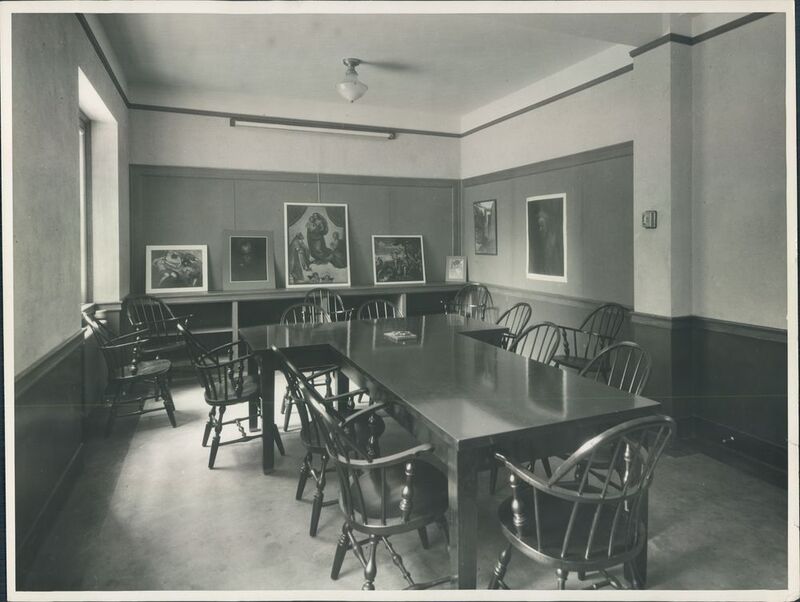-

Doris Benz was a wealthy book collector from the Boston area who vacationed near Dartmouth. Much to the surprise of everyone at Dartmouth, her will directed her estate to auction her book collection with all proceeds going to Dartmouth’s Special Collections to create an endowment for the acquisition of rare books and manuscripts. It remains the largest endowment in support of Special Collections.
-
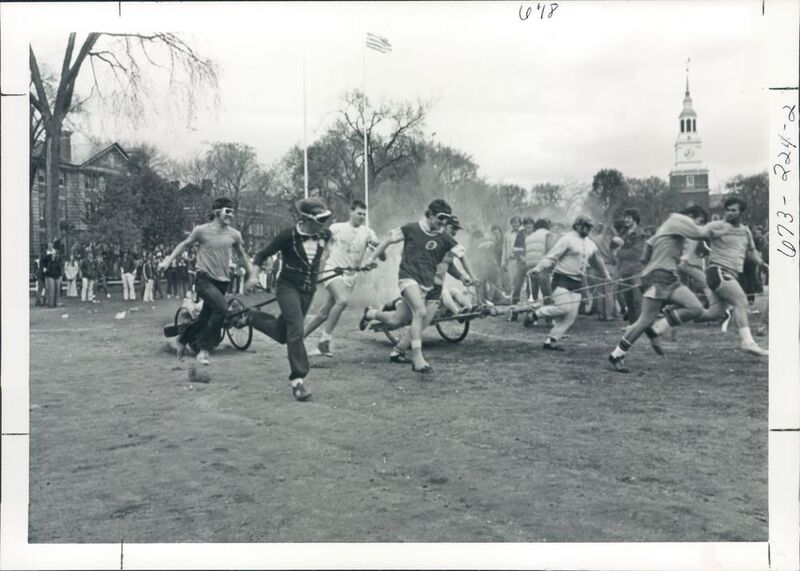
-
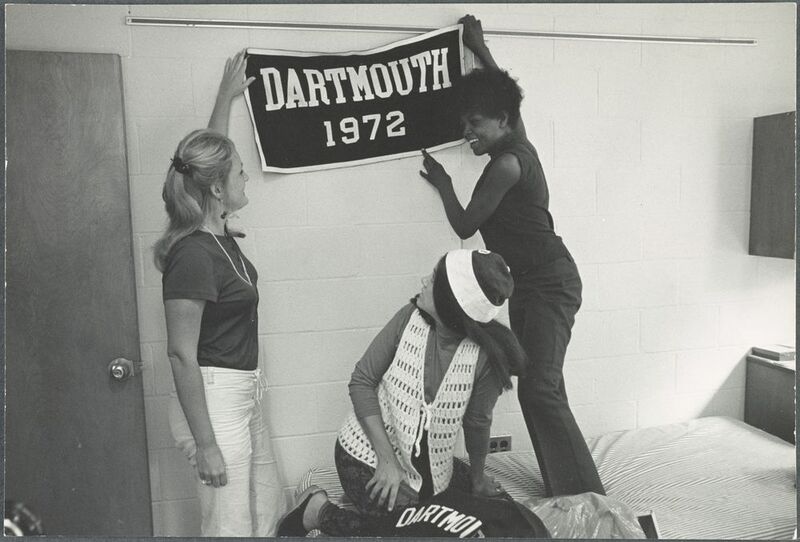
Three women moving into their dorm as Dartmouth goes co-ed in 1972
-
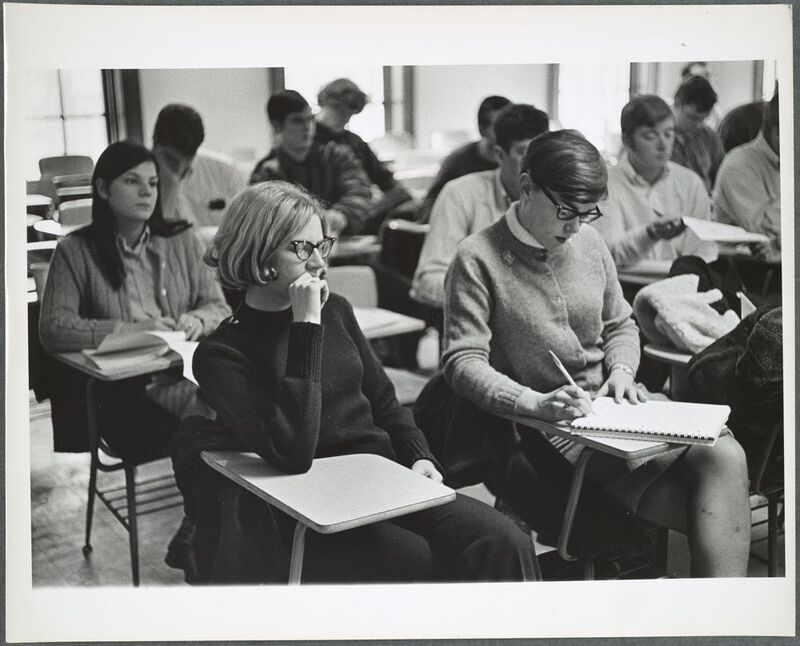
-
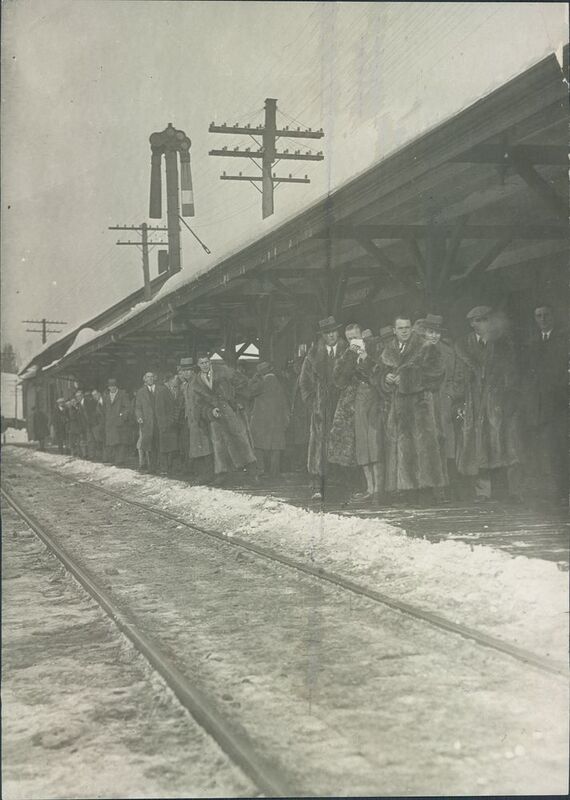
-
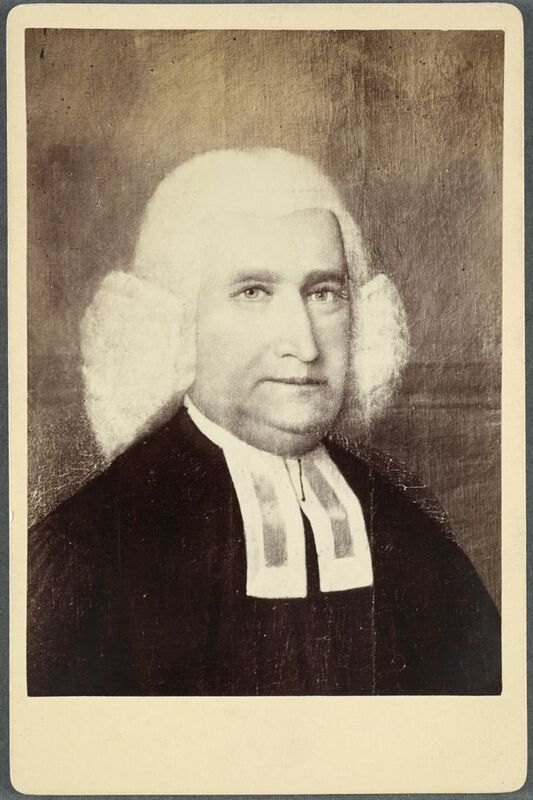
-
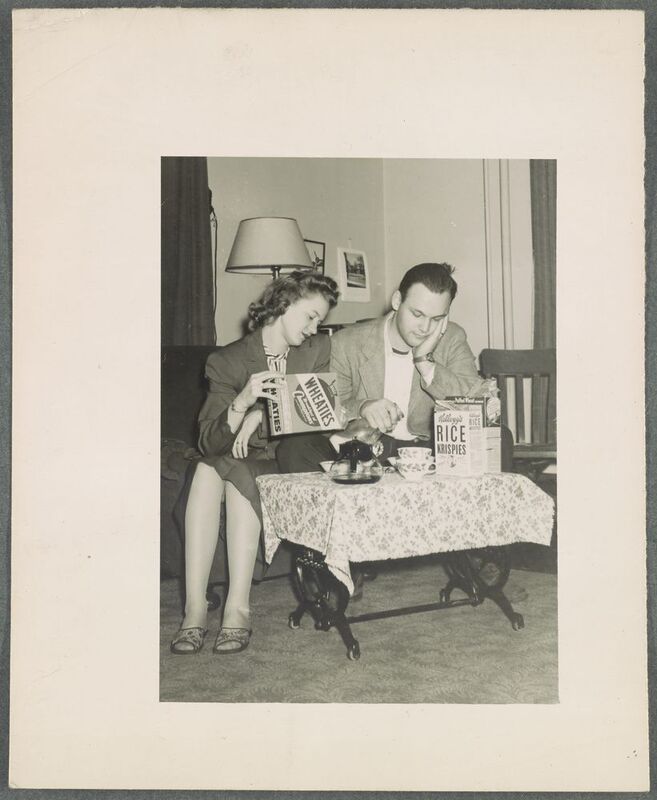
As GI’s returned from World War II, the college had to scramble to create housing for married couples.
-

Thayer School of Engineering students at Surveying Camp in Canaan, New Hampshire, ca. 1939.
-
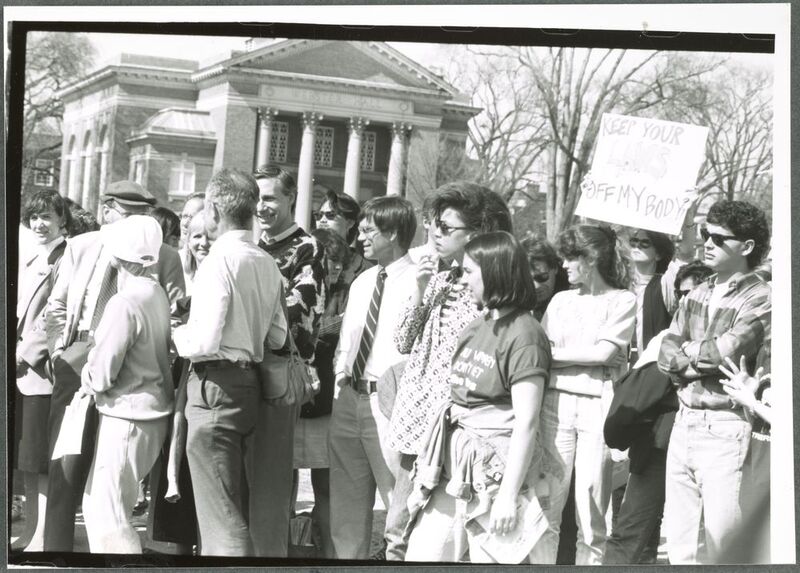
In addition to fun, students also used the Green for other purposes such as this protest related to women’s issues in the 1980s.
-
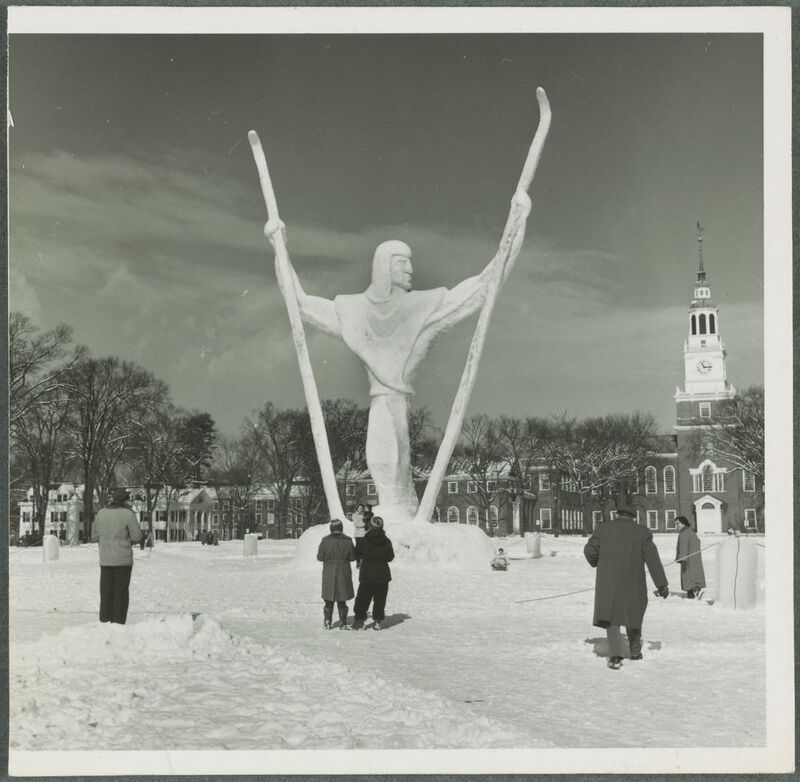
-
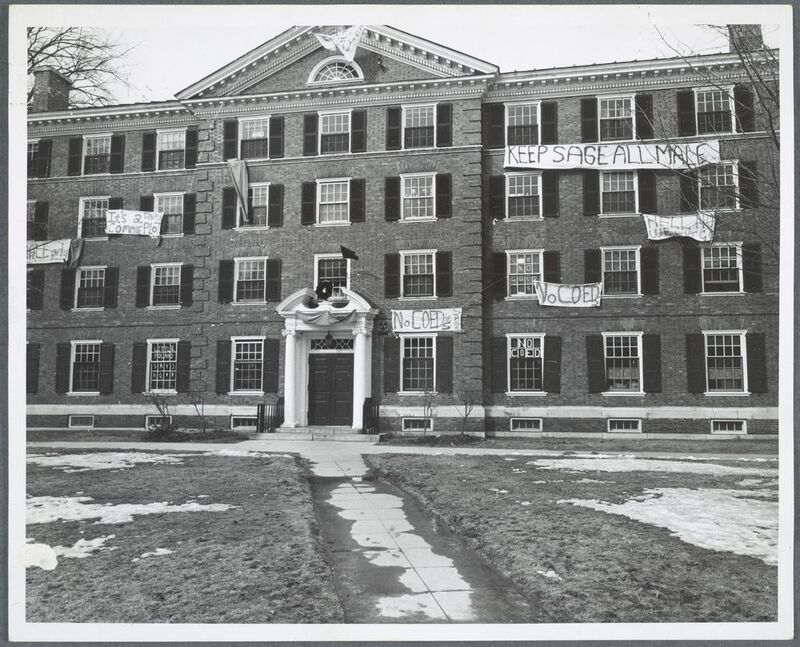
Despite Hopkins concerns about men playing the roles of women, Dartmouth took its time inviting women into its community. Dartmouth first admitted women in the fall of 1972 and it was the last of the Ivies to take this step. While the majority of men welcomed the addition of women to Dartmouth, a vocal and often profane minority resisted the change as can be seen by the banners hung from the windows of Russell Sage Hall.
-
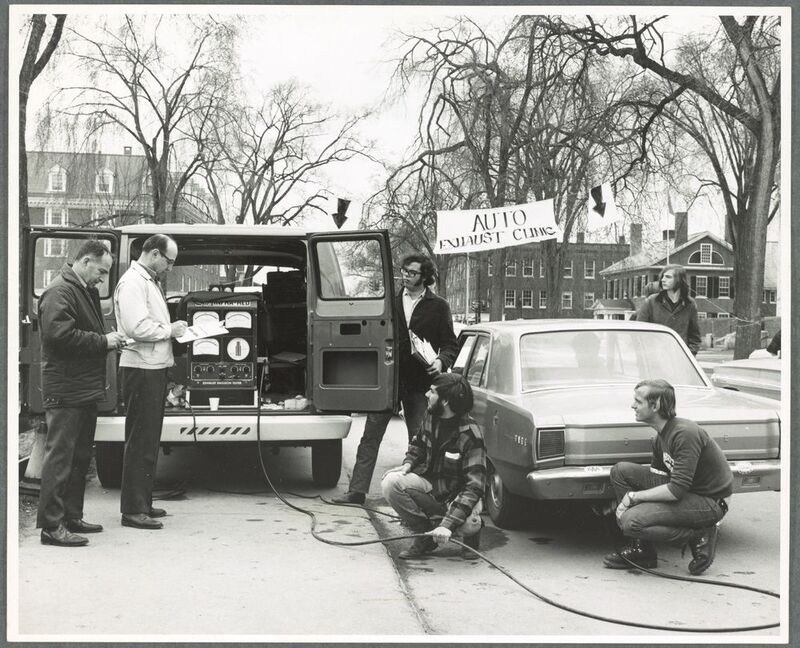
-

-
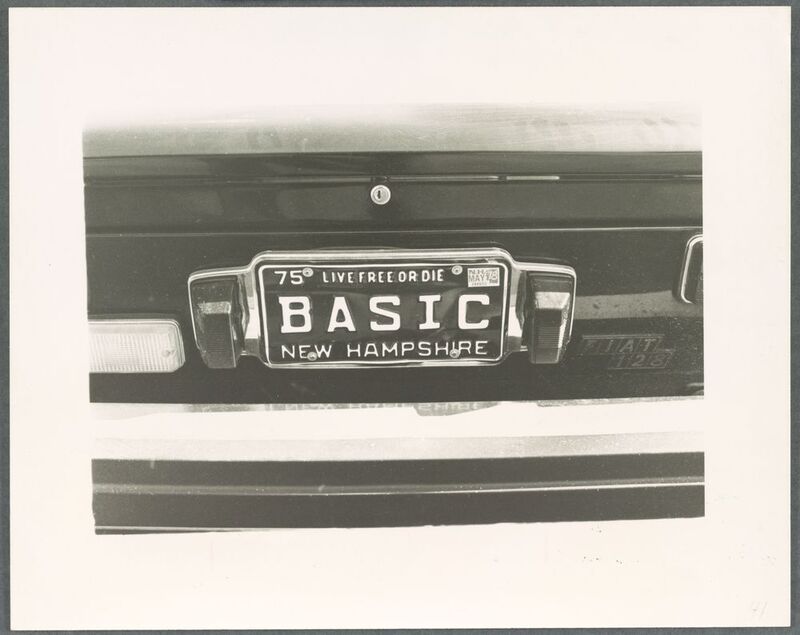
-
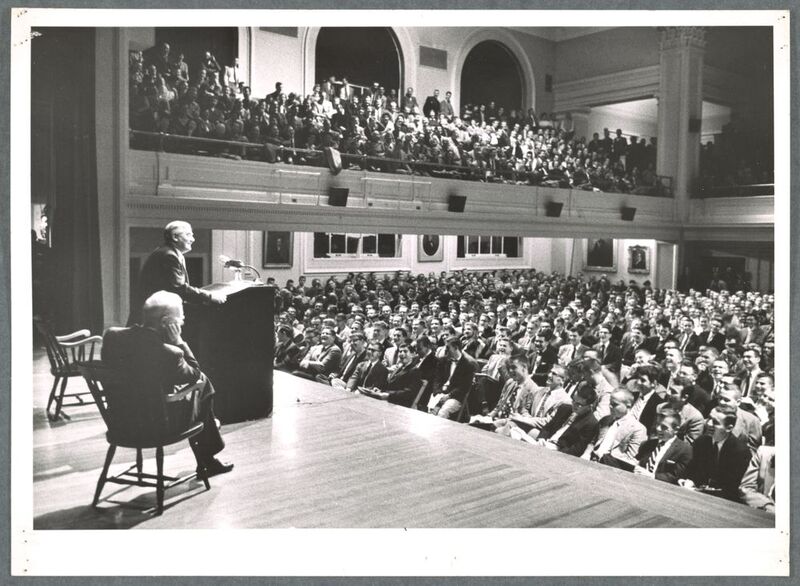
-
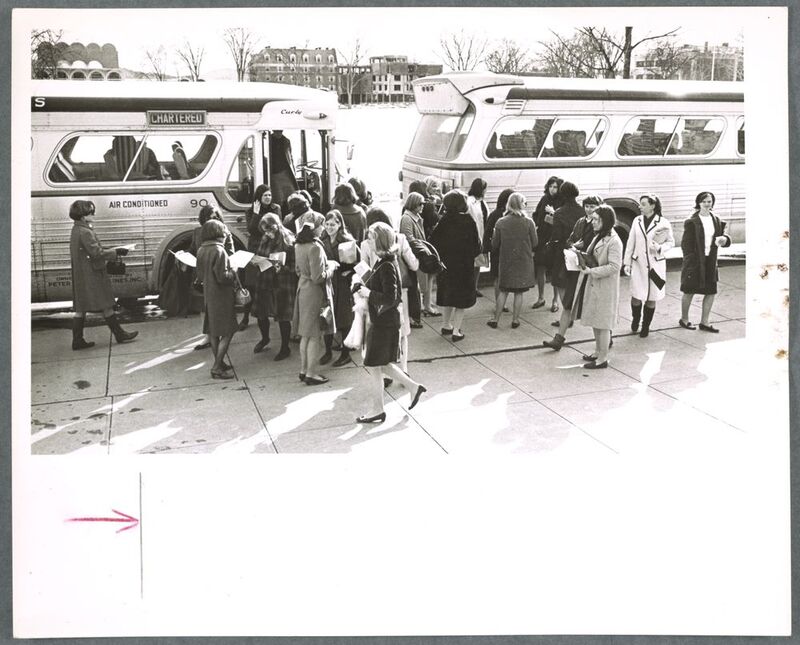
In 1967, the Freshman Class organized a day of book discussions with students from nearby women’s colleges. The point was to socialize with members of the opposite sex, but in an environment where intellectual engagement superseded the usual partying of the big date weekends like Winter Carnival or Green Key. This class would be the last to graduate before Dartmouth went co-ed in 1972.
-
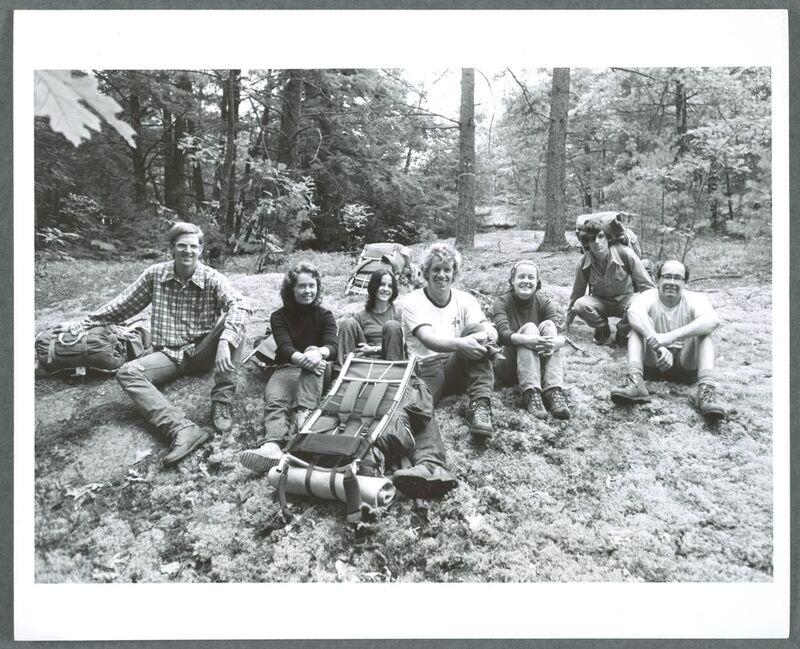
A group of tripees, ca. 1983.
-
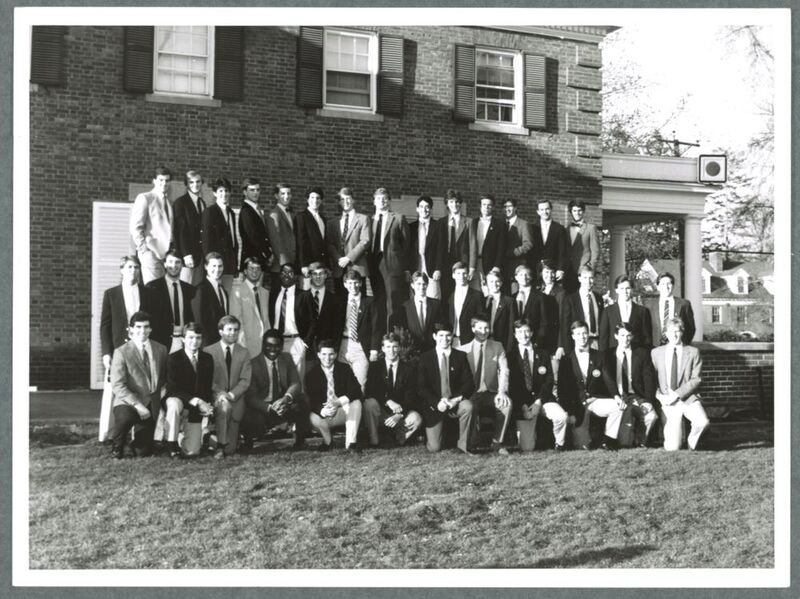
While the Undergraduate Council’s resolution did away with frat discriminatory clauses, it also drove a number of frats to separate from their nationals. The resolution did not end discrimination and it would take several generations before racial integration was a reality in Dartmouth’s Greek system.
-
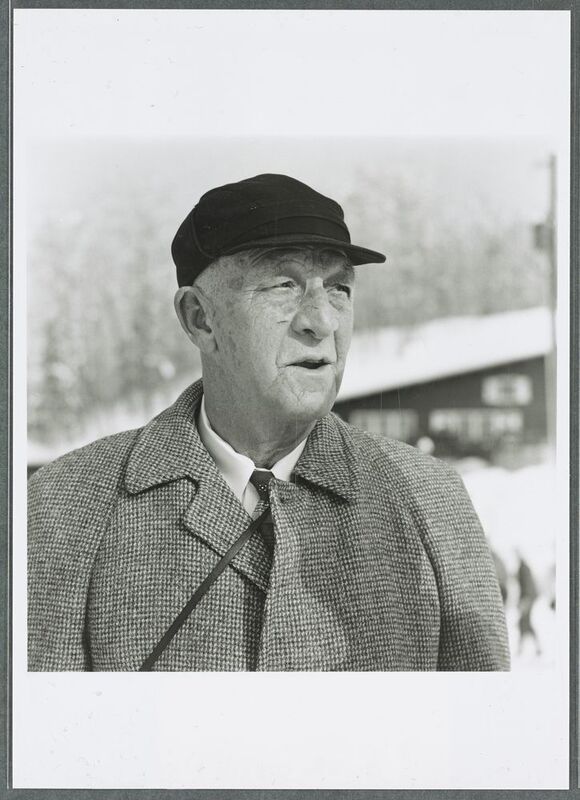
-
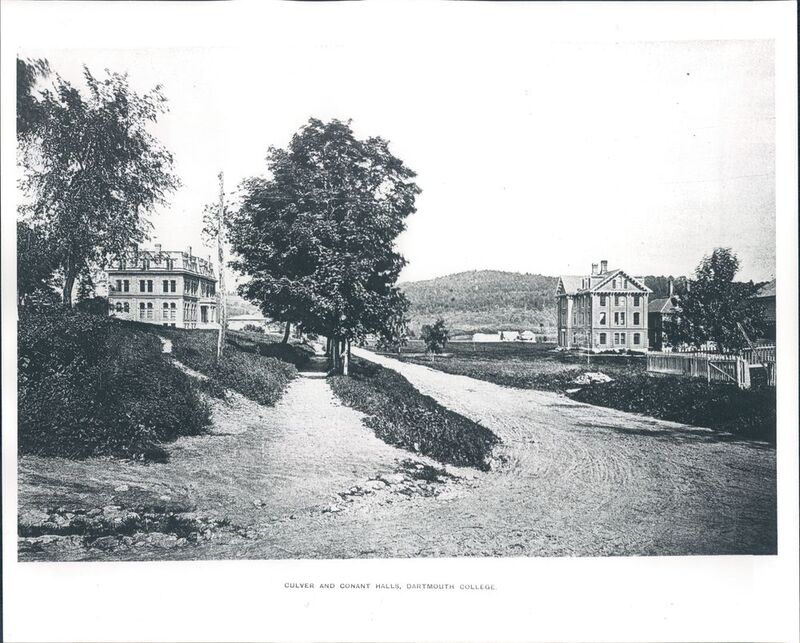
Also known as Hell Gate because of its location close to a swampy part of town, and because it was a bit further from what was then the campus than most dorms, Hallgarten was one of the cheapest dormitories on campus. At a time when each room was priced based on it desirability, this meant that the poorest students—including most minority students—were relegated to these buildings
-
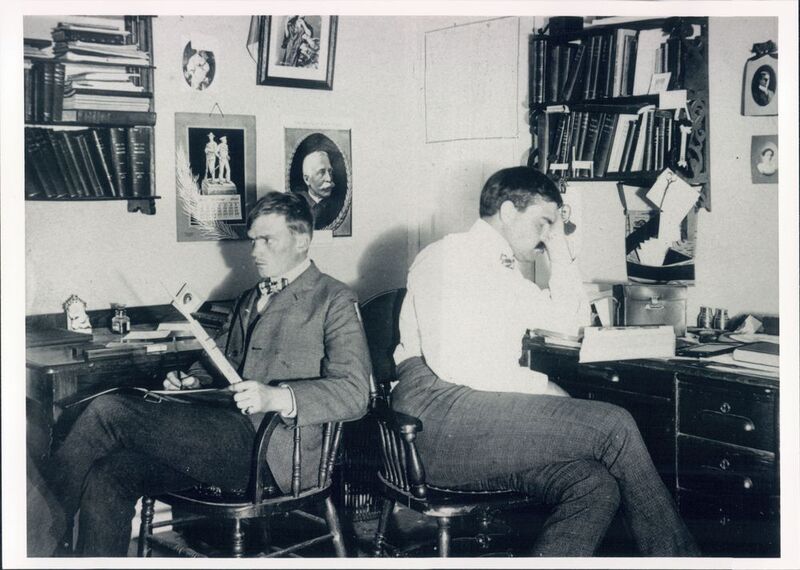
Here you see a couple of students trying to manage in the cramped quarters afforded to those who were forced to room in Hallgarten.
-
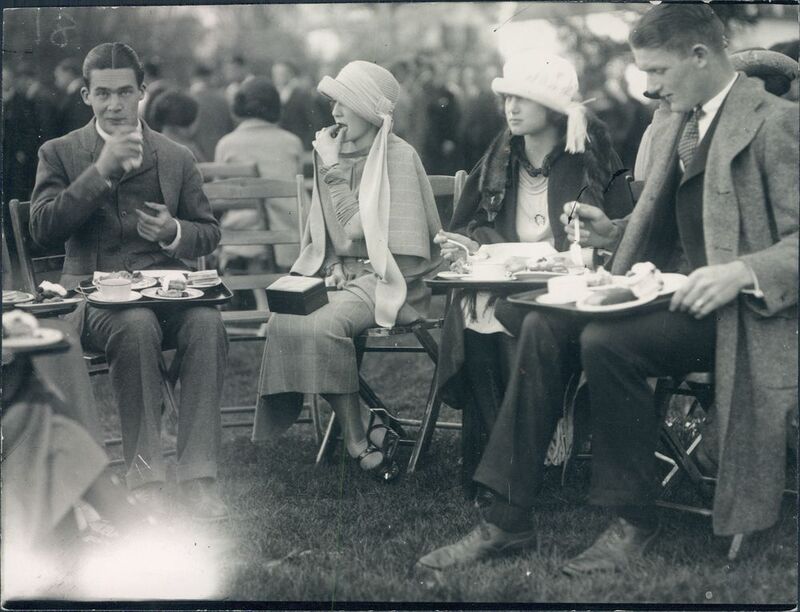
-
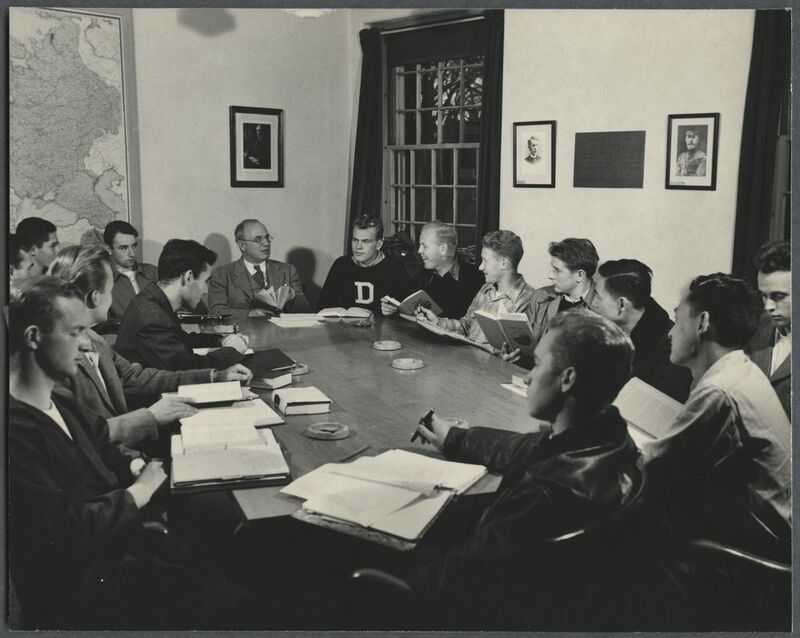
-
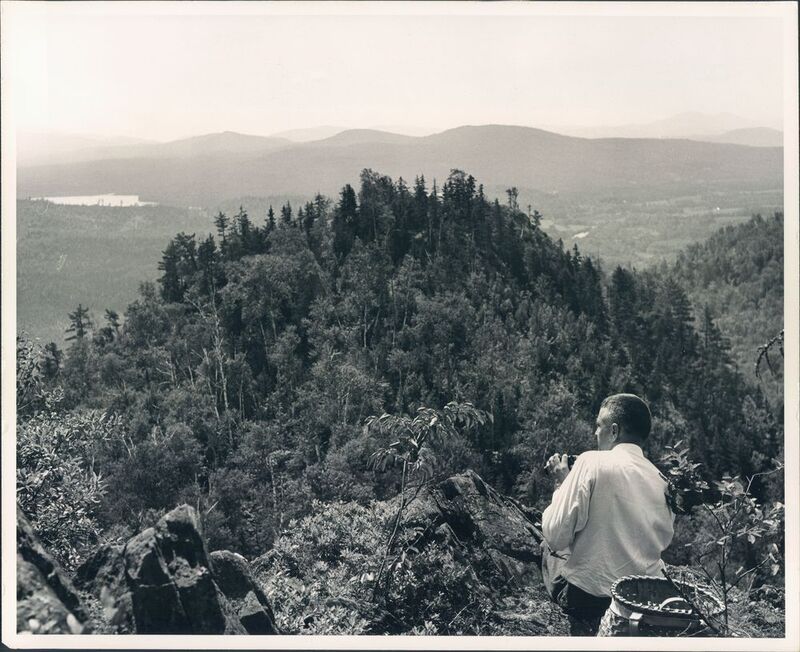
The Second College grant, 27,000 acres of land in Northern New Hampshire, initially provided profits from commercial timber operations that the College used for scholarships and other educational purposes. Eventually the Grant became another destination for those seeking fun outdoors experiences.
-
